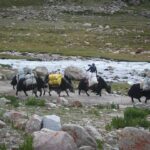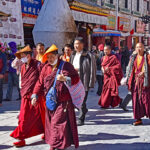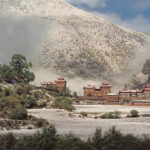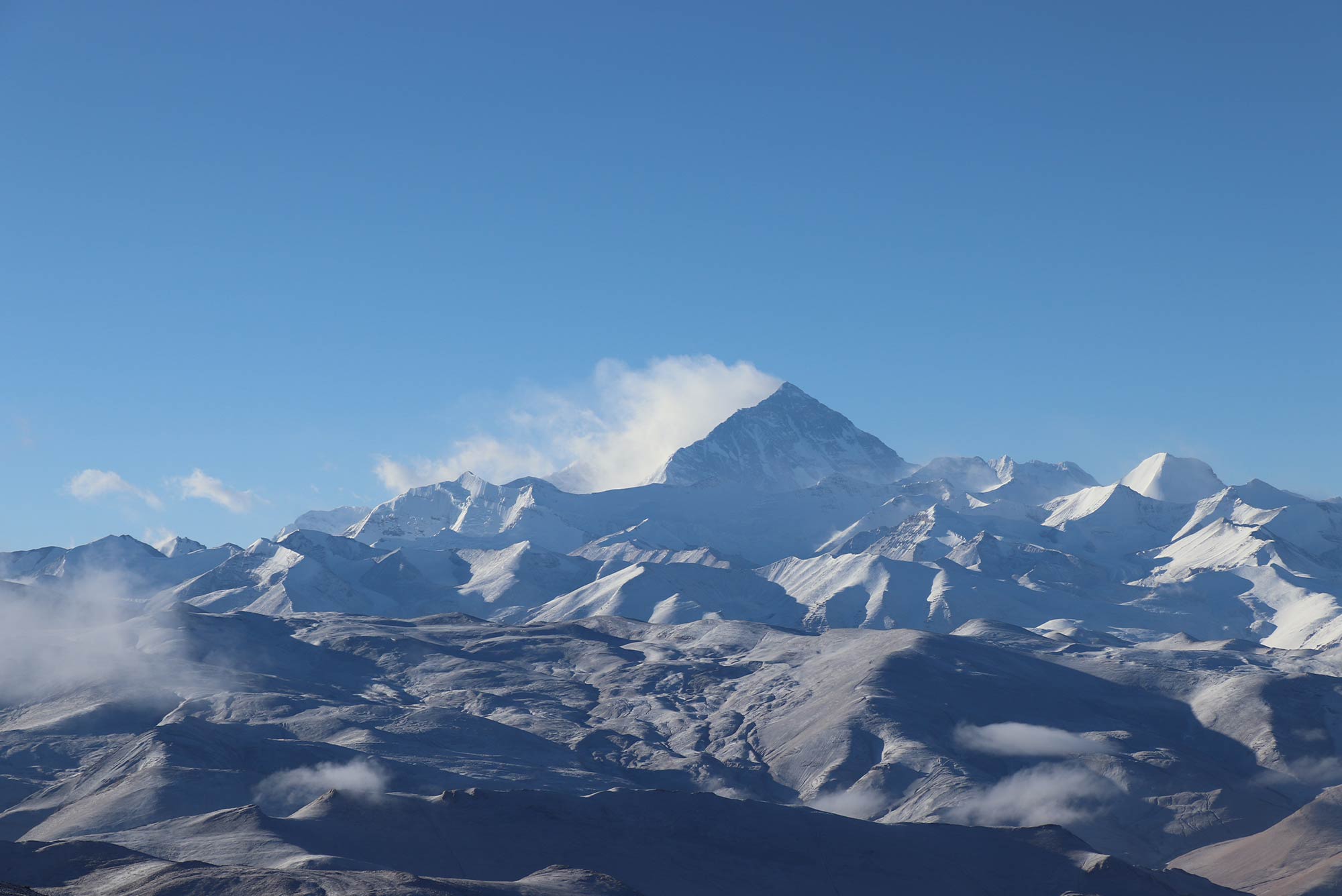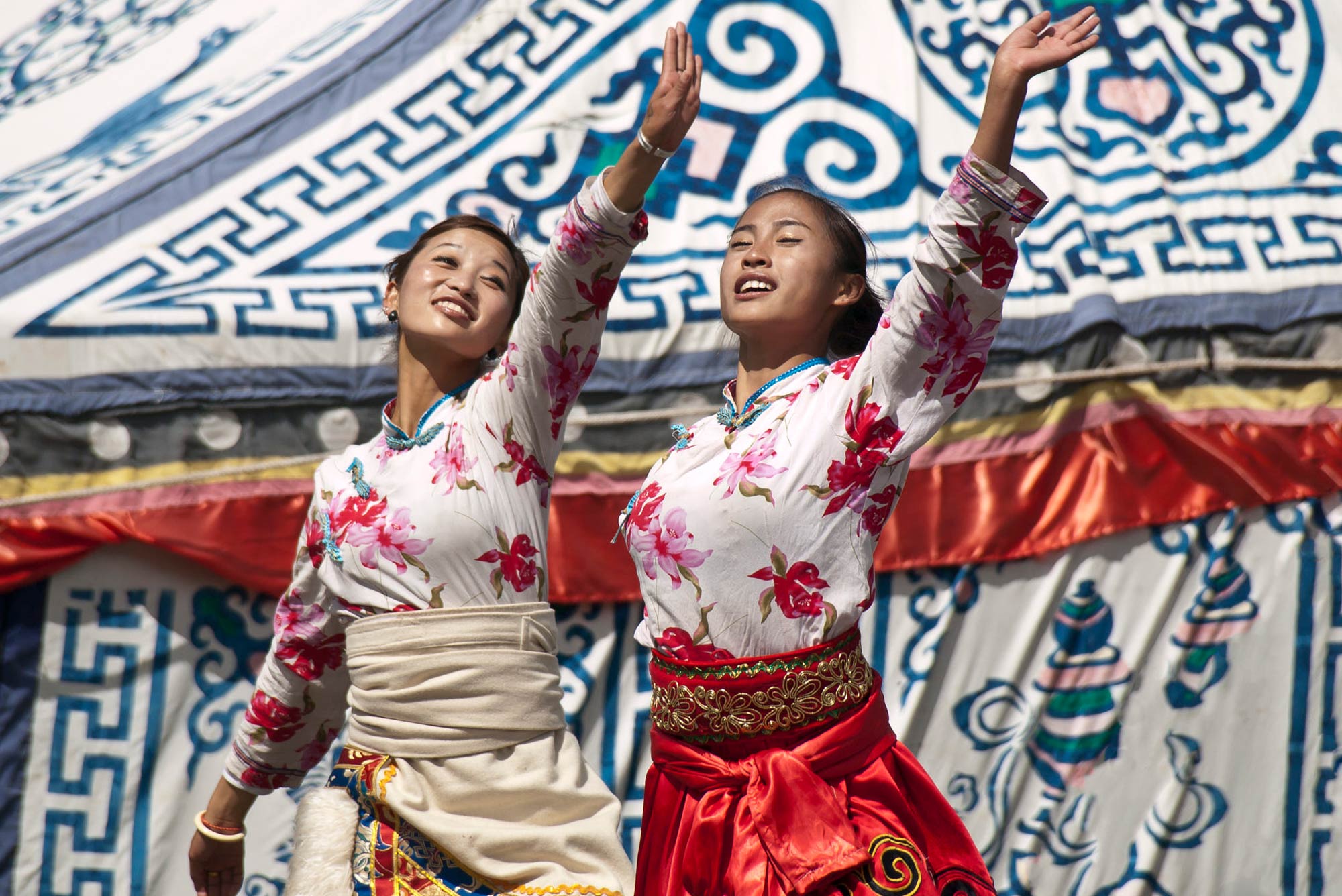Tibetan nomad life is a fascinating and unique way of existence deeply rooted in the history, geography, and cultural heritage of Tibet. This article will delve into the various aspects of Tibetan nomad life, including their historical background, traditional practices, challenges faced, and efforts towards preservation.
Tibetan nomad life revolves around the ancient practice of pastoralism and herding. For centuries, Tibetan nomads have migrated across the vast Tibetan Plateau, following seasonal patterns and sustainable practices. Their lives are intricately connected to the land, animals, and their nomadic traditions.
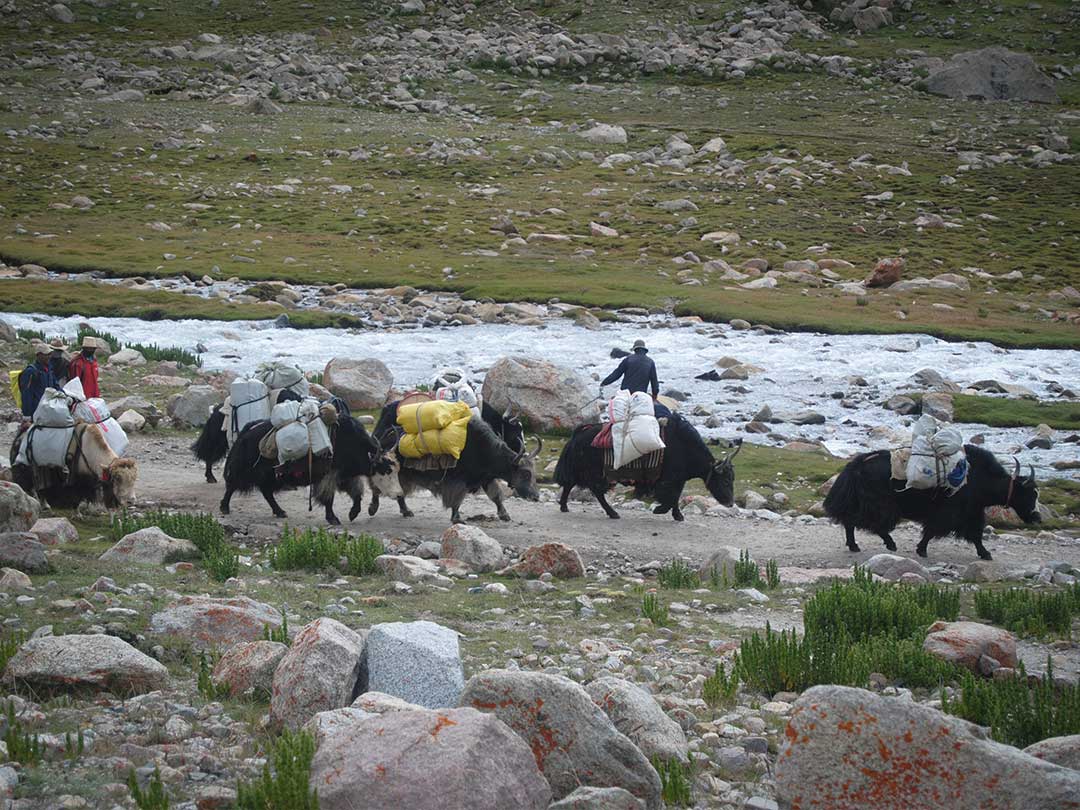
Historical Background and Cultural Significance
The nomadic way of life in Tibet can be traced back to ancient times. The harsh and high-altitude environment of the Tibetan Plateau made agriculture difficult, leading to the development of a pastoral economy. Nomads played a vital role in the region’s history, as they maintained a symbiotic relationship with the land and the Tibetan Buddhist culture.
Geography and Climate of Tibet
Tibet’s geography and climate significantly influence the nomadic lifestyle. The Tibetan Plateau, often referred to as the “Roof of the World,” is characterized by vast grasslands, rugged mountains, and extreme weather conditions. The nomads have adapted to this challenging environment, developing specific skills and knowledge to survive.
Nomadic Lifestyle: Pastoralism and Herding
The core of Tibetan nomad life revolves around pastoralism and herding. Nomads rely on livestock rearing, with the yak being of utmost importance. They practice sustainable herding methods, allowing the land to regenerate and supporting their subsistence.
Traditional Practices and Customs
Tibetan nomads follow a rich tapestry of customs and traditions that have been passed down through generations. These include religious rituals, festive celebrations, and traditional attire that reflect their cultural identity and close relationship with nature.
Livestock Rearing and Importance of Yak
Yaks are at the center of Tibetan nomadic life. These hardy animals provide nomads with milk, meat, fur, and transportation. Yaks have adapted to the extreme conditions of the plateau, thriving in the thin air and harsh winters.
Shelter and Mobile Homes: Yak Hair Tents
Tibetan nomads rely on yak hair tents, known as “black tents” or “black houses,” for their mobile homes. These tents are carefully designed to withstand strong winds, heavy snowfall, and the cold climate of the plateau.
Construction and Design
Yak hair tents are constructed using a framework of wooden poles and covered with layers of yak hair and canvas. The interior is divided into different sections for cooking, sleeping, and storage. The design allows for easy assembly, disassembly, and transportation.
Adaptability to Harsh Environments
The yak hair tents provide excellent insulation, keeping the nomads warm during the frigid winters and cool during the hot summers. They are lightweight and portable, allowing the nomads to migrate according to seasonal changes and grazing patterns.
Daily Life and Routines of Tibetan Nomads
Tibetan nomads follow a structured daily life that revolves around their herding activities and seasonal migration. Their routines are influenced by the availability of grazing lands, weather conditions, and the needs of their livestock.
Seasonal Migration Patterns
Nomads have established migration routes that they follow throughout the year. They move to higher elevations during the summer months when the grasslands are abundant and then descend to lower regions during the winter to find shelter and forage for their animals.
Social Structure and Community Bonds
Nomads live in close-knit communities, and cooperation is essential for their survival. They share communal pastures, help each other during challenging times, and maintain strong social bonds. Elders hold significant respect and play a vital role in decision-making.
Challenges Faced by Tibetan Nomads
Tibetan nomads face various challenges in the modern world, which evolves their traditional way of life and cultural heritage.
Environmental Changes and Climate Crisis
The Tibetan Plateau is highly vulnerable to climate change. Nomads are witnessing the impacts of rising temperatures, unpredictable weather patterns, and degradation of grasslands. These changes affect the availability of pasture, water sources, and the health of their livestock.
Modernization and Cultural Shifts
Rapid modernization and urbanization pose significant challenges to the traditional nomadic way of life. The allure of urban comforts, educational opportunities, and economic incentives often lead younger generations to move away from their nomadic roots, causing a cultural shift.
Preservation of Nomadic Culture and Sustainable Practices
Efforts are being made government to preserve the nomadic culture and promote sustainable practices among Tibetan nomads.
Conservation Efforts and Ecotourism
Conservation organizations, local communities and Government Agencies are working together to protect the unique ecosystems of the Tibetan Plateau. Ecotourism initiatives provide sustainable livelihood opportunities for nomads, allowing them to share their culture with visitors while preserving their traditions.
Role of Education and Cultural Awareness
Education plays a vital role in preserving nomadic culture. Nomad schools provide a balance between traditional knowledge and modern education, ensuring that younger generations understand and appreciate their cultural heritage.
Conclusion Tibetan Nomad Life
Tibetan nomad life is a vibrant tapestry of traditions, resilience, and harmony with nature. While facing challenges from environmental changes and modernization, efforts to preserve their unique way of life continue. It is crucial to recognize the cultural significance of Tibetan nomads and support their sustainable practices for the benefit of future generations.
FAQs
Are Tibetan nomads a vanishing way of life?
Tibetan nomad life is facing challenges, but efforts are underway to preserve their cultural heritage and sustainable practices. With increased awareness and support, it is possible to ensure the continuation of this unique way of life.
How do Tibetan nomads cope with harsh winters?
Tibetan nomads have adapted to harsh winters by using yak hair tents, wearing warm clothing made from animal fur, and practicing careful herd management to ensure their livestock’s well-being during the cold months.
What are some traditional Tibetan nomadic foods?
Traditional Tibetan nomadic foods include tsampa (roasted barley flour), yak butter tea, dried yak meat, and dairy products such as yak cheese and yogurt.
Can tourists visit Tibetan nomad communities?
Yes, tourists can visit Tibetan nomad communities and experience their way of life. However, it is important to respect their customs, traditions, and the fragile ecosystem of the Tibetan Plateau.
What impact does modernization have on Tibetan nomads’ cultural identity?
Modernization brings both opportunities and challenges for Tibetan nomads. While it offers access to education, healthcare, and economic growth, it also poses the risk of cultural erosion and the loss of traditional knowledge. Balancing modernization with the preservation of cultural identity is crucial.


